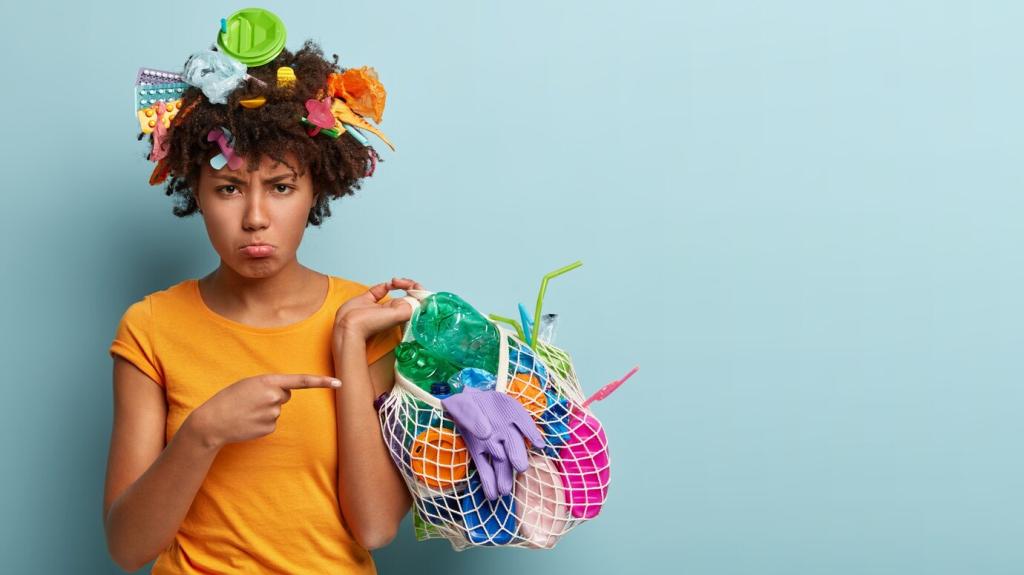Vintage Furniture Restoration and Upcycling: Bring Timeless Pieces Back to Life
Chosen theme: Vintage Furniture Restoration and Upcycling. Step into a world where patina tells stories, join a friendly community of makers, and learn how to revive, reimagine, and responsibly celebrate classic pieces. Subscribe for weekly tips, real-life case studies, and project ideas that help you honor history while creating something beautifully your own.

Gentle Cleaners and Lubricants
Start mild: diluted white vinegar, mineral spirits, or a pH-balanced wood cleaner. For stuck drawers, use paraffin wax or a touch of paste wax. Always test in an inconspicuous spot and document results with photos for repeatable success.
Essential Hand Tools and Abrasives
A card scraper, cabinet rasp, sharp chisels, and quality sandpaper (start at higher grits) preserve detail. A block plane trues edges without erasing history. Light pressure and frequent checks prevent rounding crisp profiles and carved ornamentation.
Safety First: PPE and Ventilation
Vintage finishes may contain lead or high-VOC solvents. Wear a respirator rated for particulates and organics, use gloves, and ventilate. Keep a HEPA vacuum nearby, and dispose of rags safely to avoid spontaneous combustion risks.
Techniques: Cleaning, Repairing, and Refinishing
Clean Before You Strip
Many vintage finishes only need grime removal and a fresh wax. Use mineral spirits and fine 0000 steel wool with patience. You may reveal a warm glow that makes stripping unnecessary and preserves irreplaceable, time-earned character.
Structural Repairs that Last
Re-glue loose joints with fresh hide glue to maintain reversibility. Clamp evenly and protect surfaces with cauls. Replace missing dowels with like-for-like hardwood. Document original joinery so your repair remains invisible and respectful to the maker.
Refinish with Restraint
If refinishing is essential, favor shellac, oil, or hardwax finishes for warmth and repairability. Sand minimally, raise grain between coats, and avoid heavy polyurethane build that can look plasticky. Let wood’s story, not gloss, steal the show.
Transform with Purpose
Convert a damaged dresser into a kitchen sideboard, repurpose a headboard as a bench, or create a bar cart from a utility cart. Keep original elements—drawer fronts, hardware, trim—to anchor the new use in authentic vintage identity.
Color, Contrast, and Texture
Try milk paint with a bonded primer for subtle age, or layer chalk paint and gently distress high points. Pair painted frames with restored natural-wood tops. Texture-rich finishes highlight carvings while preserving the tactile memory of time.
Hardware with History
Mix salvaged brass pulls, glass knobs, or porcelain casters for personality. Clean gently with lemon juice and salt, avoiding aggressive polishing. Let a hint of oxidation remain; it connects your upcycled piece to its decades of lived experience.
Reading the Room at Flea Markets
Arrive early with cash, a flashlight, and measurements. Scan for construction cues before price tags. Sellers often share origin stories; ask politely, listen closely, and you’ll learn clues that shape responsible restoration and fair negotiating.
Estate Sales and Provenance
Estate listings reveal eras and makers. Photograph labels, shop marks, or pencil notes inside drawers. A quick archive search may uncover catalogs or ads, guiding period-correct finishes that elevate both authenticity and future value.
A Curbside Rescue Anecdote
One reader spotted a rain-soaked nightstand with a broken foot. After patient drying, a new foot turned to match, and a gentle shellac refresh, the piece became a bedroom gem—and a reminder to trust your restoration instincts.
Sustainability and Community Impact
Extending a wooden piece’s life avoids landfill disposal and carbon-heavy manufacturing. Reusing frames, hardware, and finishes compounds benefits. Small projects multiplied across a community make a measurable environmental difference and preserve local stories.
Sustainability and Community Impact
Host a neighborhood workshop or swap night for tools, hardware, and spare veneer. Pair beginners with seasoned restorers. Every repaired joint and revived finish passes forward knowledge that might otherwise vanish with aging craftspeople.


